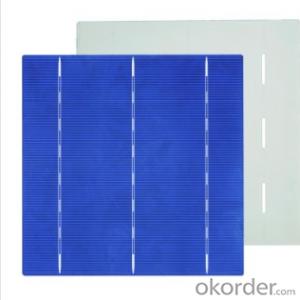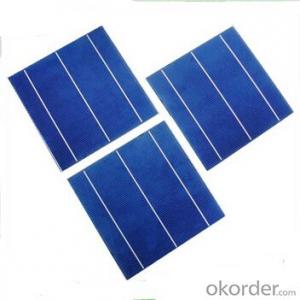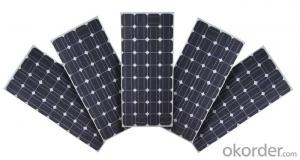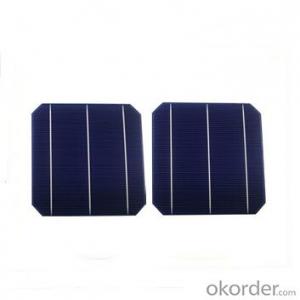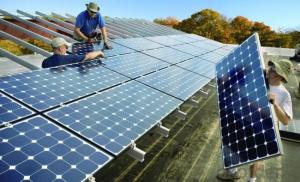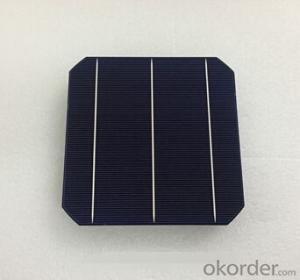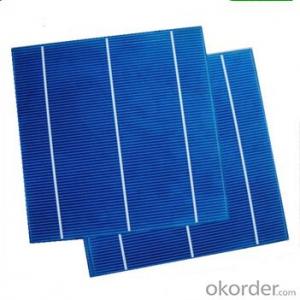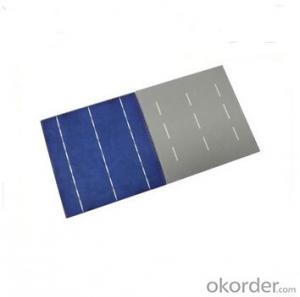Agbis2 Solar Cells
Agbis2 Solar Cells Related Searches
Except For Solar Cells Weegy Problems With Solar Cells High Power Solar Cells Light Trapping In Solar Cells High Performance Solar Cells High Output Solar Cells High Wattage Solar Cells Energy Transfer In Solar Cells High Efficiency Hvac Systems Recombination In Solar CellsHot Searches
Cheap Solar Cells For Sale Flexible Solar Cells For Sale Q Cells Solar Panels For Sale Printed Solar Cells For Sale Bulk Solar Cells For Sale 6x6 Solar Cells For Sale Broken Solar Cells For Sale Cpv Solar Cells For Sale Photoelectric Cells For Sale Price Of Silicon Solar Cells Price Of Solar Cells Over Time Buy Solar Cells From China Cheap Solar Cells China Best Type Of Solar Cells Flexible Solar Cells Price Q Cells Solar Panels Price 3 Types Of Solar Cells Production Of Solar Cells Common Types Of Solar Cells Q Cells Solar Panel PricesAgbis2 Solar Cells Supplier & Manufacturer from China
Okorder.com is a professional Agbis2 Solar Cells supplier & manufacturer, offers integrated one-stop services including real-time quoting and online cargo tracking. We are funded by CNBM Group, a Fortune 500 enterprise and the largest Agbis2 Solar Cells firm in China.Hot Products
FAQ
- Solar cells perform well in areas with frequent power outages as they can provide a reliable and independent source of electricity. As long as there is sunlight, solar cells can generate electricity, allowing households and businesses to continue operating even during power disruptions. Additionally, excess energy generated by solar cells can be stored in batteries for use during nighttime or cloudy days, ensuring a continuous power supply.
- Yes, solar cells can be used to power remote agricultural monitoring systems. Solar cells convert sunlight into electricity, providing a sustainable and reliable source of power in remote areas. This allows agricultural monitoring systems to operate efficiently and continuously, enabling farmers to remotely monitor and manage their crops, weather conditions, soil moisture, and other important data for optimizing agricultural practices.
- The most common materials used in solar cells are silicon, which is the dominant material in the market, as well as other materials such as cadmium telluride, copper indium gallium selenide, and organic materials like polymers.
- How to get high voltage, high current output of solar cells
- A reasonable series of parallel can be, and increase the number of sub-batteries
- Dust and dirt can significantly reduce the efficiency of solar cells. When dust accumulates on the surface of solar panels, it creates a barrier that inhibits the penetration of sunlight, thereby reducing the amount of energy that can be converted into electricity. Additionally, dirt particles can cause shading effects and create hotspots, which further decrease the overall efficiency of the solar cells. Regular cleaning and maintenance of solar panels are crucial to keep them operating at their maximum potential.
- The average lifespan of a solar cell in space can vary depending on various factors such as the quality of the materials used, the level of radiation exposure, and the overall design of the solar cell. However, on average, solar cells in space can last anywhere between 10 to 25 years.
- Solar cells have a minimal impact on reducing noise pollution from power generation since they operate silently, unlike traditional power plants that emit noise during operation.
- What information can I get from the Internet about the solar cell modules? Such as what it is? How it is made?
- Here is what I can found online about the solar cell module for your information: A bulk silicon PV module consists of multiple individual solar cells connected, nearly always in series, to increase the power and voltage above that from a single solar cell. The voltage of a PV module is usually chosen to be compatible with a 12V battery. An individual silicon solar cell has a voltage of just under 0.6V under 25 °C and AM1.5 illumination.


















